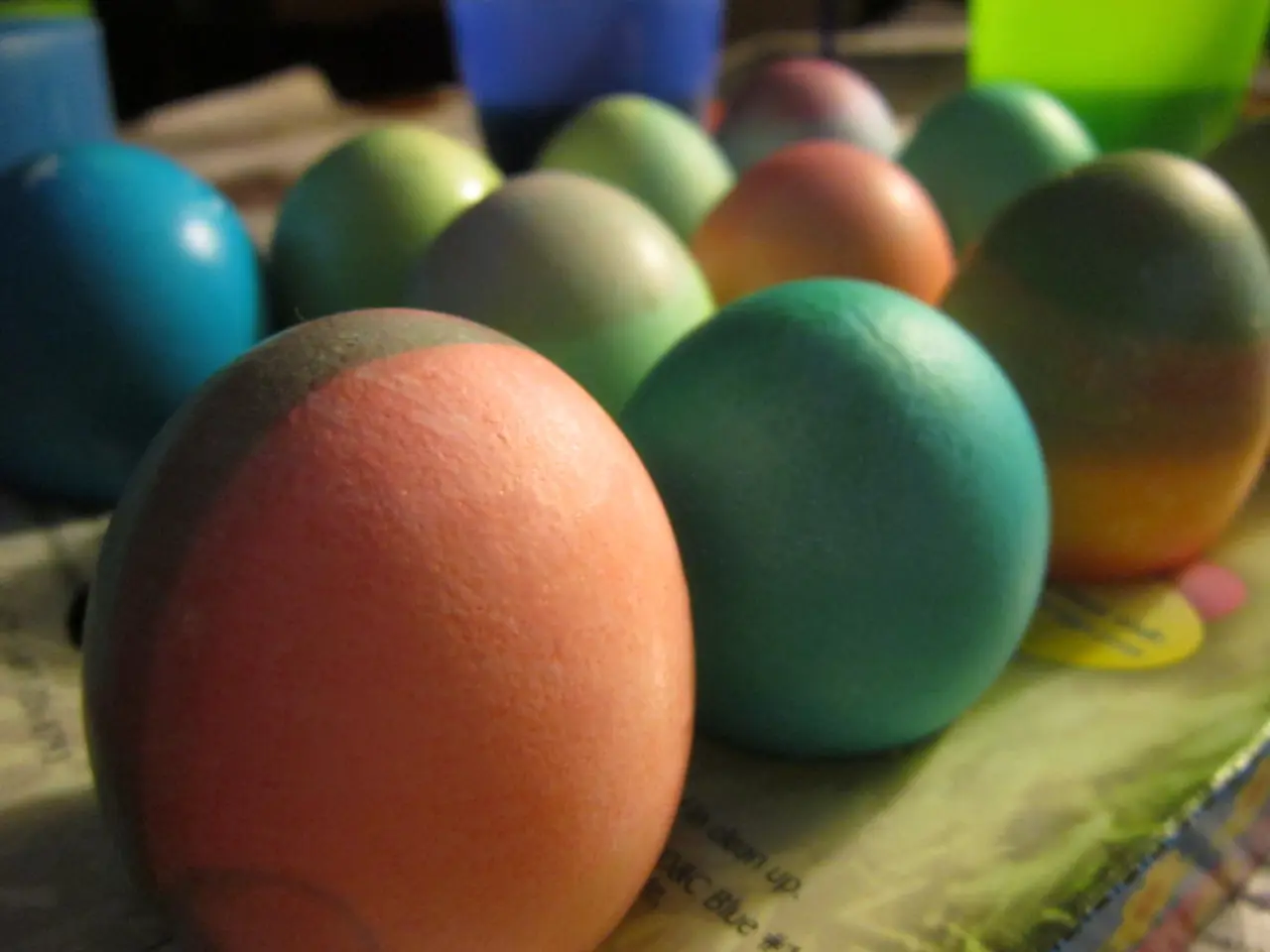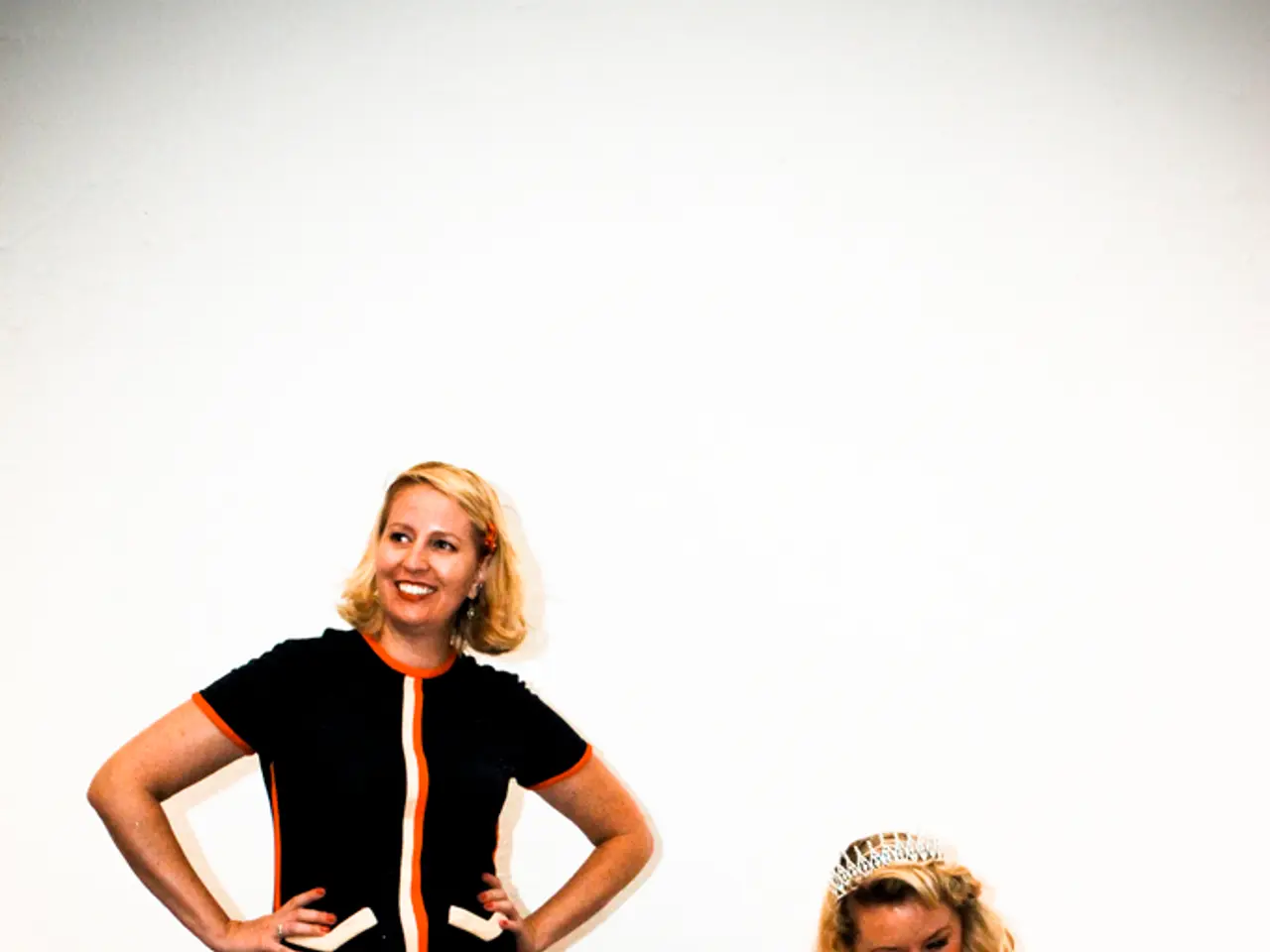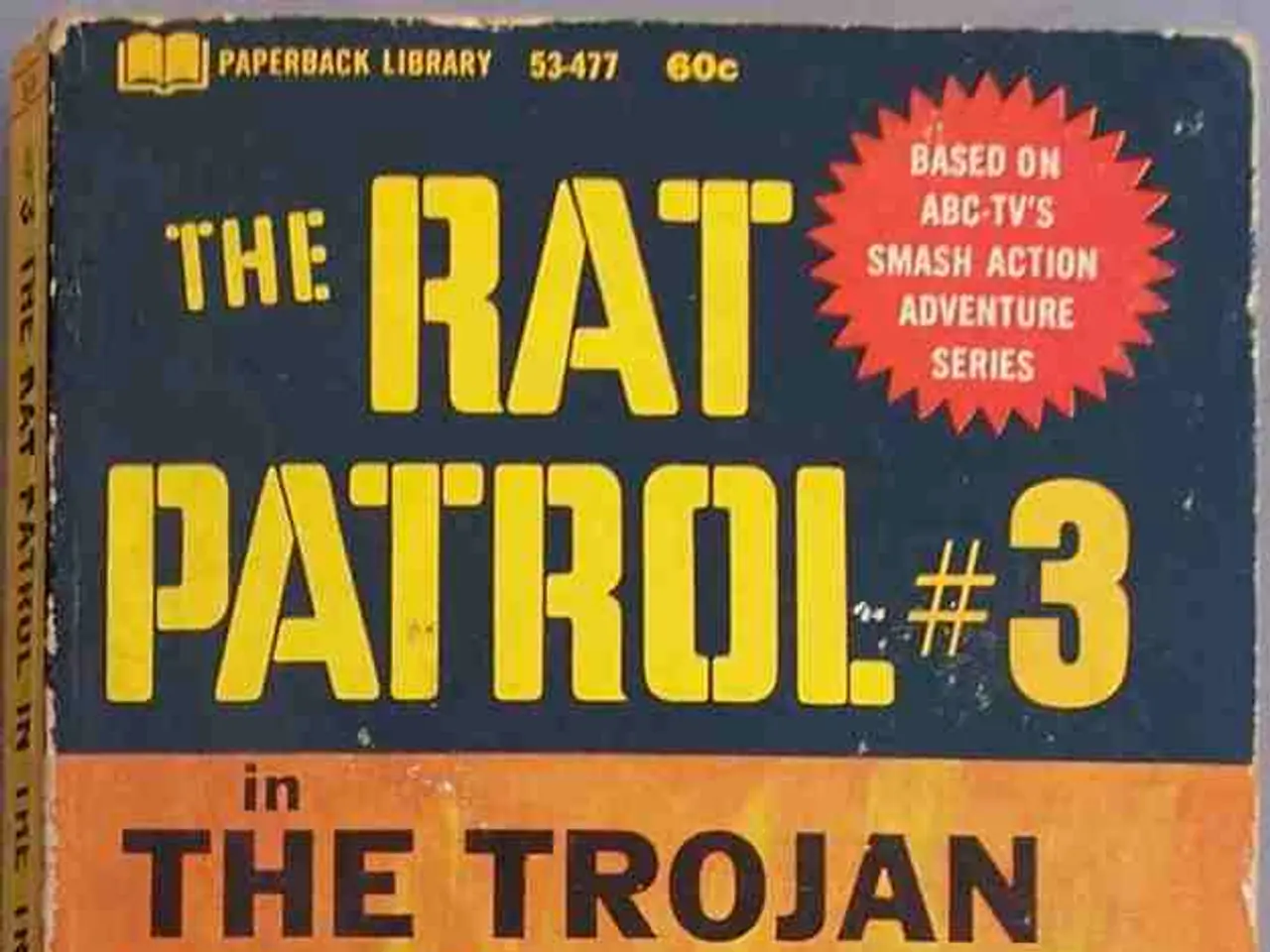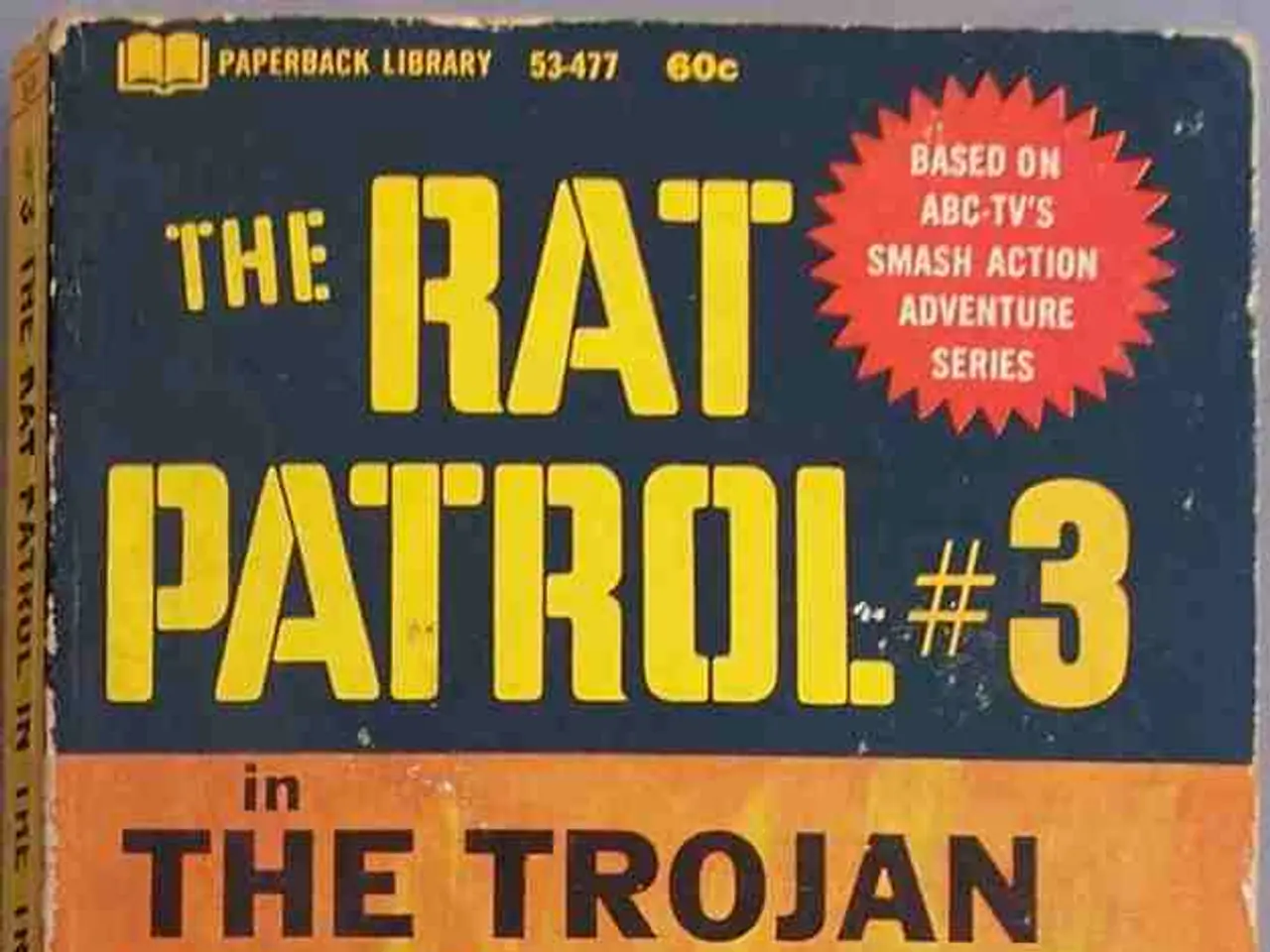Questioned Who Humpty Dumpty Truly Was, an Egg or Something Else?
The beloved nursery rhyme "Humpty Dumpty" has been a staple among English-speaking children for centuries. But the true origin and meaning of this enigmatic poem remain shrouded in mystery.
The first appearance of the "Humpty Dumpty" rhyme was in a book titled "Juvenile Amusement," by Samuel Arnold in 1797. However, the historical origin of the riddle can be traced back to the English Civil War (1642–1651). It is widely accepted that "Humpty Dumpty" was originally a large siege cannon used during this conflict.
According to this interpretation, Humpty Dumpty was placed on a wall and accidentally fell, shattering beyond repair, symbolizing a failed military defense. This is where the phrase "all the king's horses and all the king's men" comes from, referring to the futile attempts to put the cannon back together again.
However, the character Humpty Dumpty in the rhyme is not explicitly portrayed as an egg. This symbolic representation is a later popular interpretation, largely due to illustrators like John Tenniel, who depicted Humpty Dumpty as an anthropomorphic egg in Lewis Carroll's "Through the Looking Glass."
The word "Humpty" itself has an uncertain etymology, possibly related to "hump" or "hunchback," potentially describing the shape of the cannon or a character. Another theory suggests that Humpty Dumpty may have been England's King Richard III, but this interpretation is less historically grounded.
In the original poem, the third line reads "Four-score men and four-score more," which means 80 men plus 80 more. This could refer to the number of men it took to move the large cannon, or it could simply be a poetic device to emphasize the vastness of the task at hand.
In 1842, Humpty Dumpty was associated with Cardinal Wolsey by the British satire weekly, Punch. In Shakespeare's tragedy, King Richard III was depicted as a "poisonous hump-backed toad." In the 1950s, a theory emerged that Humpty Dumpty was a cannon used during the English Civil War in Colchester, England.
In more recent times, Humpty Dumpty has been reimagined in various forms of media. In the animated movie "Puss in Boots," Humpty Alexander Dumpty is Puss in Boots' brother at the orphanage. DC Comics portrays Humpty Dumpty as Humphry Dumpler, a character with an egg-shaped head who speaks in rhyme.
Moreover, Humpty Dumpty is the name of a song by indie pop trio AJR about a person who puts on appearances but falls apart in private. In a 1903 edition of "Mother Goose's Nursery Rhymes," Humpty Dumpty was printed as a riddle with the solution being 'An egg.'
Despite numerous theories and interpretations, the true origin and meaning of "Humpty Dumpty" continue to elude us. However, the enduring appeal of this riddle, with its hints of mystery and intrigue, ensures that it will continue to captivate the imaginations of generations to come.
[1] Arnold, S. (1797). Juvenile Amusement. [2] Tenniel, J. (1871). Through the Looking-Glass and What Alice Found There. [3] Grose, F. (1785). A Classical Dictionary of the Vulgar Tongue. [4] Carroll, L. (1848). The Hunting of the Snark. [5] Punch Magazine (1842). Humpty Dumpty.
While the origins of "Humpty Dumpty" can be traced back to the English Civil War, its character in the famous nursery rhyme hasn't traditionally been represented as an egg, unlike in John Tenniel's illustrated version of Lewis Carroll's "Through the Looking Glass." In contemporary pop-culture, the character Humpty Dumpty has been reinterpreted in various forms, such as in animated movies, comic books, and indie pop songs. Despite these reimaginings, the true lifestyle, history, and meaning of the enigmatic poem "Humpty Dumpty" remain shrouded in mystery.








